Unlocking Deeper Flavor: The Spices Pro Chefs Swear By (But Most People Overlook)
For years, I thought I had a decent handle on spices. I mean, I knew the difference between paprika and cayenne, and I always put cinnamon in my apple pie. Seemed pretty advanced at the time, right? Then, one afternoon in a busy kitchen, everything changed. A mentor chef watched me about to sprinkle some pre-ground nutmeg into a creamy pasta sauce. He just calmly stopped me, took the shaker, and pulled out a small, wrinkly seed and a tiny grater.
The aroma that hit me when he grated that fresh nutmeg was a total game-changer. It wasn’t just the sweet, holiday scent I was used to; it was complex, woody, and so much more intense. That one little moment taught me a lesson that has stuck with me ever since: spices aren’t just an afterthought. They are the tools you use to build incredible, layered flavor from the ground up.
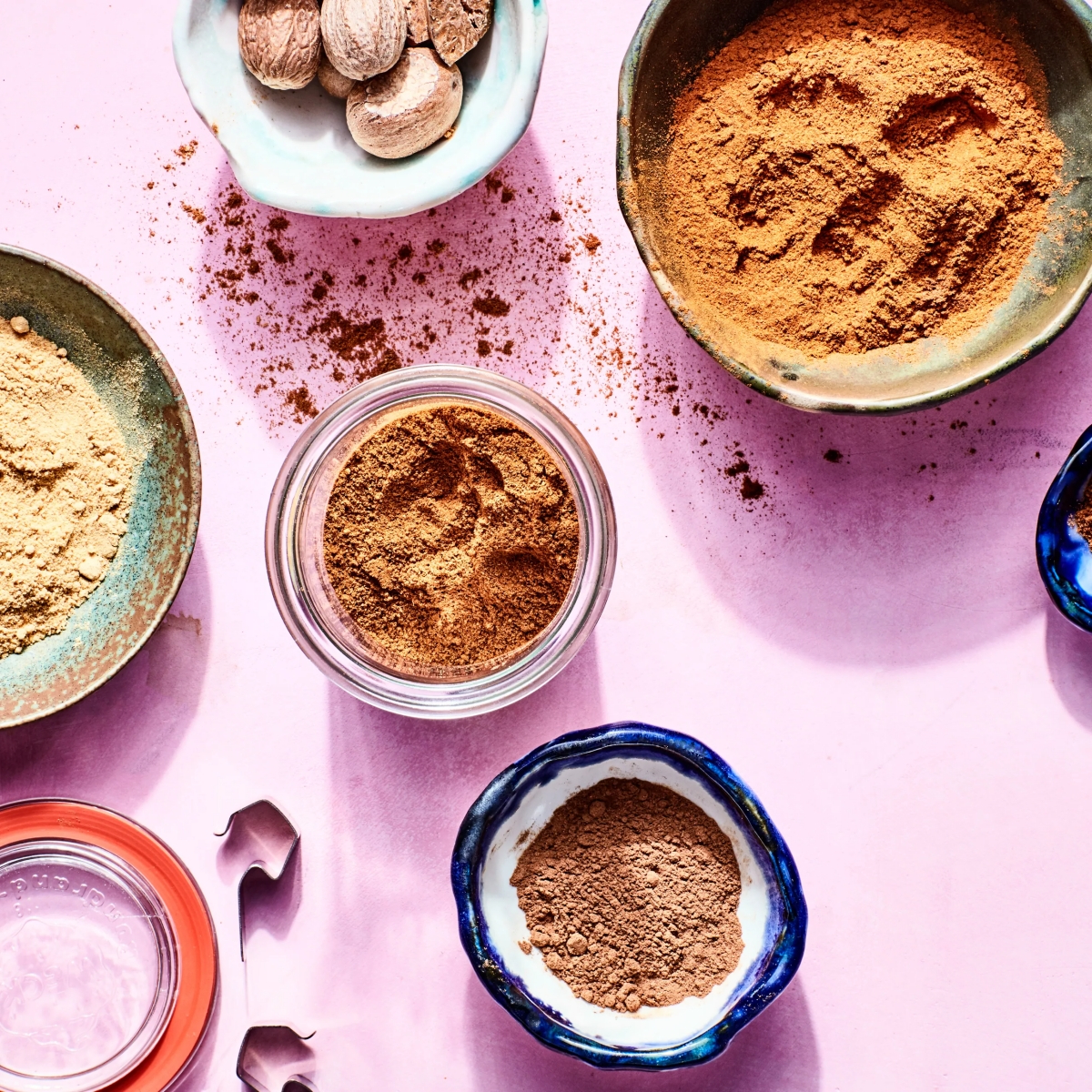
So many of us get stuck in a rut with salt, pepper, and garlic powder. And hey, there’s nothing wrong with the basics! But relying on them alone is like being a painter who only uses red, yellow, and blue. Let’s talk about a few spices that the pros use to add nuance and character to their food. These are the ones that are often misunderstood or just plain forgotten, but learning how to use them will completely level up your cooking.
1. Whole Nutmeg: The Secret Weapon of Warmth
When most people think of nutmeg, they picture a dusty tin of brown powder used once a year for eggnog. To be frank, that pre-ground stuff is a shadow of the real thing. The true magic is unlocked when you buy nutmeg whole and grate it fresh right when you need it.
The flavor and amazing smell of nutmeg come from delicate oils inside the seed. The second it’s ground, those oils start to disappear. Within a few weeks, all the complex floral and piney notes are gone, leaving behind a dull, one-dimensional taste. Whole seeds, on the other hand, keep all that goodness locked inside for years.
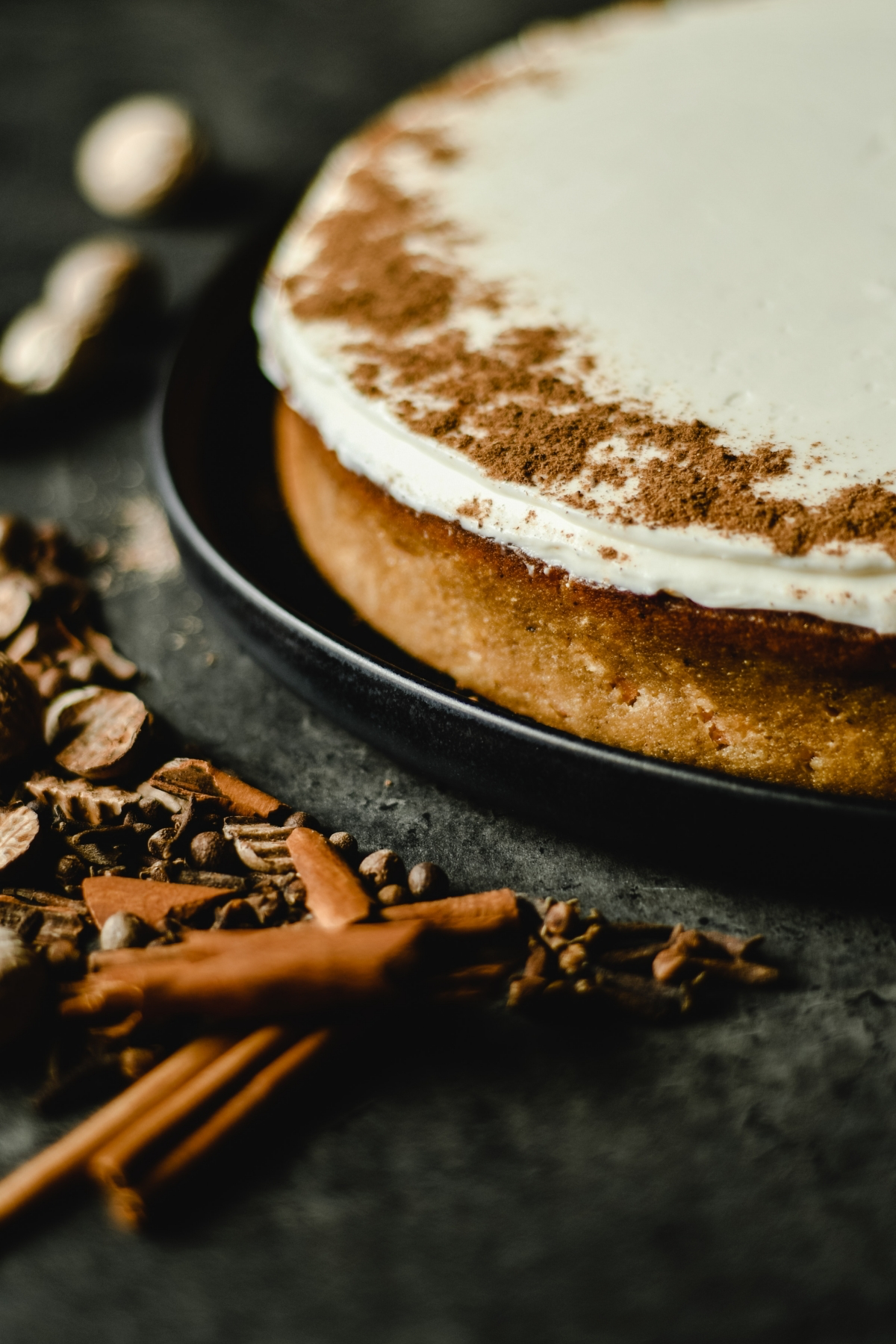
By the way, you can grab a jar of whole nutmeg seeds at most grocery stores or online for around $5 to $7. It might seem like more than the $3 powder, but that jar will last you for ages and deliver a million times more flavor. It’s a worthy investment, trust me.
How the Pros Use It
In a professional kitchen, you’d never find pre-ground nutmeg. We always use a microplane grater. Why? Because it creates these super-fine, fluffy shavings that just melt perfectly into sauces and batters. If you don’t have a microplane, the smallest, pokiest side of a box grater works in a pinch, but a good microplane is one of the best $15 tools you can buy for your kitchen.
The key is restraint. Nutmeg is a background note, not the lead singer. For a classic béchamel or Alfredo sauce that serves four, I’m talking just three or four light swipes on the grater. You shouldn’t immediately taste “nutmeg”; you should just notice a mysterious warmth and depth that wasn’t there before.
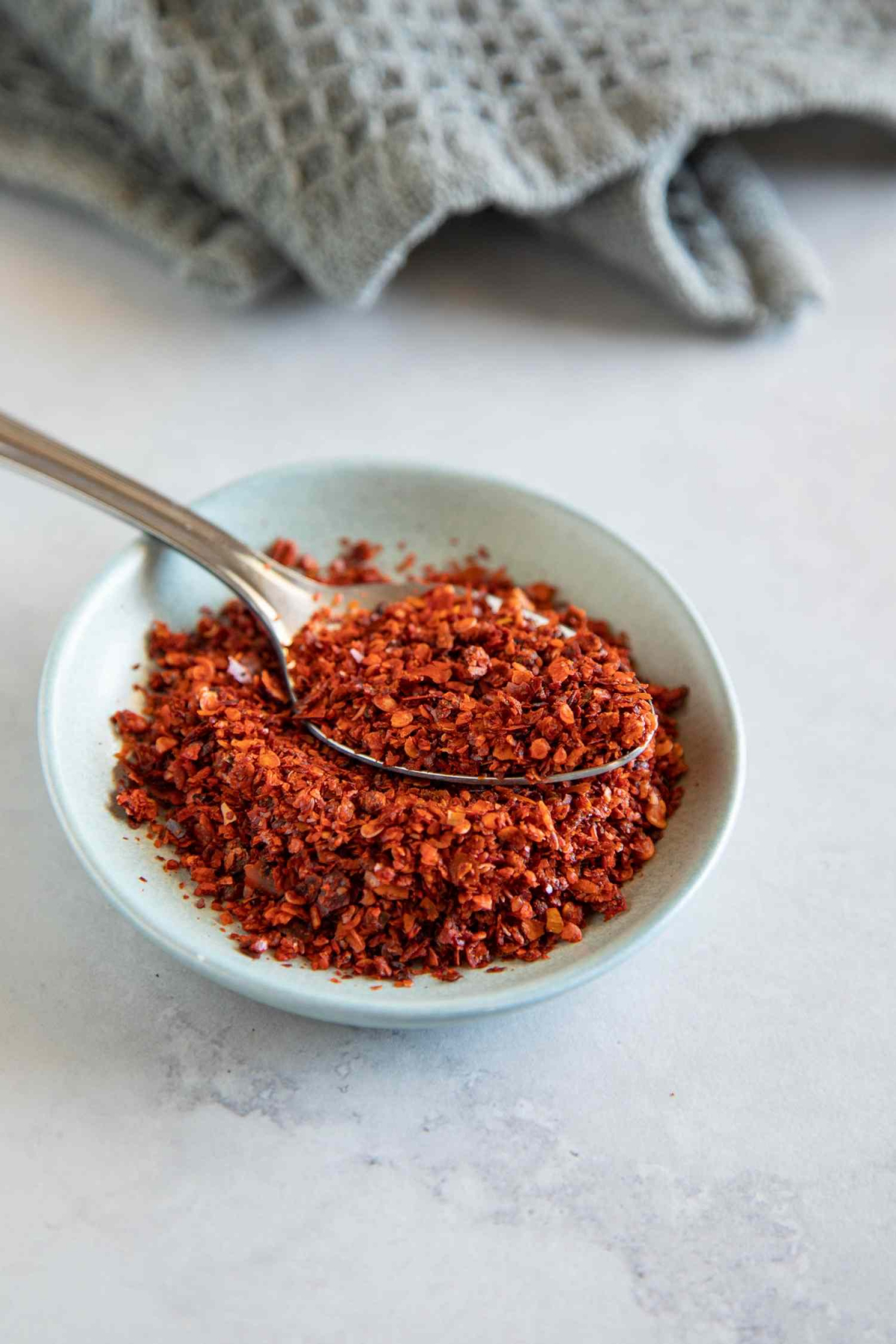
Chef’s Pitfall: Watch out, because the biggest mistake is using too much. Freshly grated nutmeg is POWERFUL. If you overdo it, your dish can quickly turn bitter and even a little medicinal. Always start with less than you think you need.
And it goes way beyond cream sauces. Seriously, try it in savory dishes:
- A tiny pinch on roasted butternut squash or sweet potatoes.
- A whisper in a spinach dish, like creamed spinach or an Indian-style saag.
- As part of a meat rub, especially for pork or lamb.
- Even in a rich, slow-cooked tomato and meat sauce—it adds an incredible something-something.
Try This Tonight: Your mission, should you choose to accept it, is simple. Grate a tiny bit of fresh nutmeg over your steamed broccoli or into your next batch of mashed potatoes. It adds a background warmth you won’t be able to name, but you’ll absolutely miss it if it’s gone.
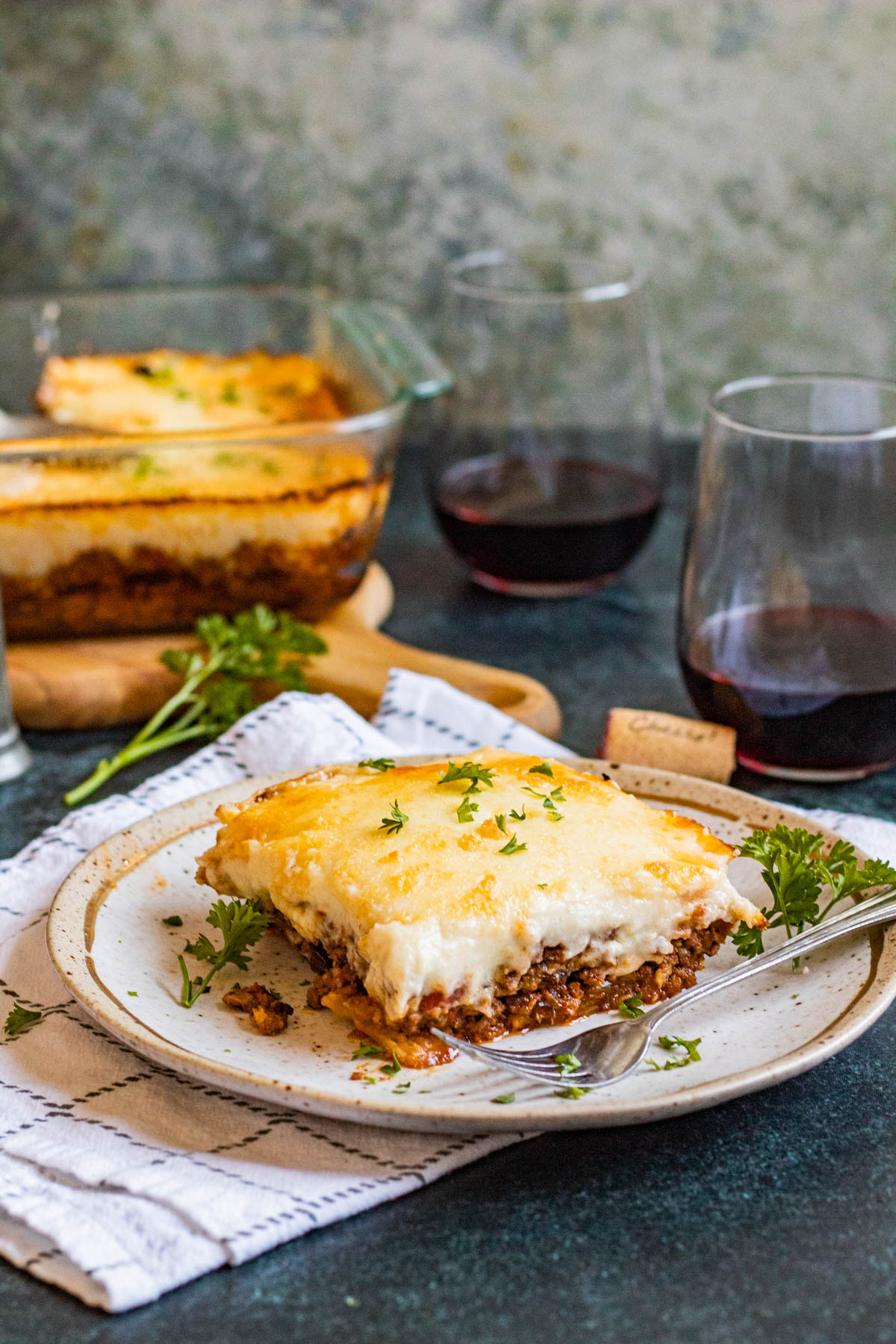
Oh, and storing it is easy. Just keep the whole seeds in the airtight jar they came in and stick ’em in your pantry. They’ll be good to go for years.
Galerie d’inspiration
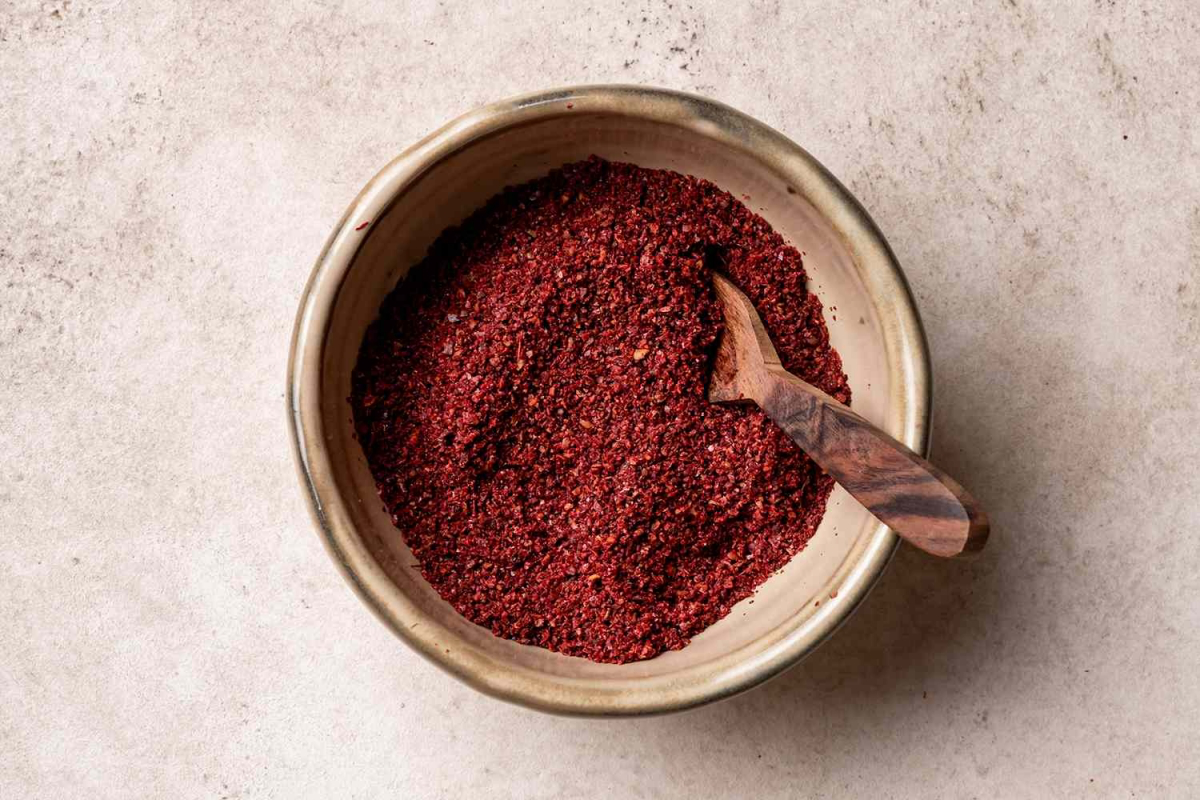
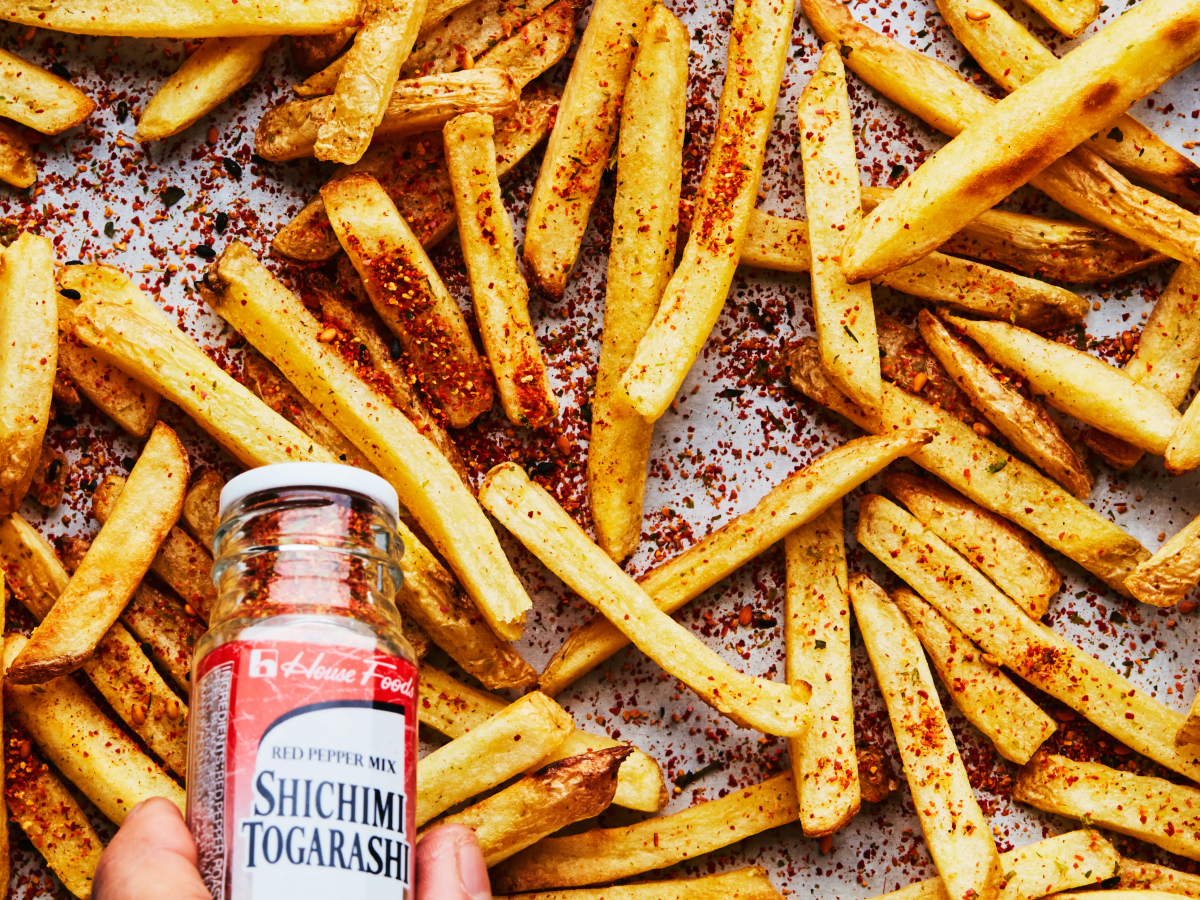
The Microplane Zester: This kitchen workhorse, originally a woodworking tool, is beloved by chefs for its razor-sharp blades that finely shave hard spices like nutmeg, cinnamon sticks, and tonka beans without tearing them. Its versatility means you can also use it for citrus zest and hard cheeses.
The Dedicated Nutmeg Grinder: Brands like Peugeot or Cole & Mason offer elegant mills designed specifically for nutmeg. They often feature a claw to hold the seed securely and a compartment for storing extra seeds, keeping them fresh and ready.
For most home cooks, the multi-purpose Microplane is the perfect investment.
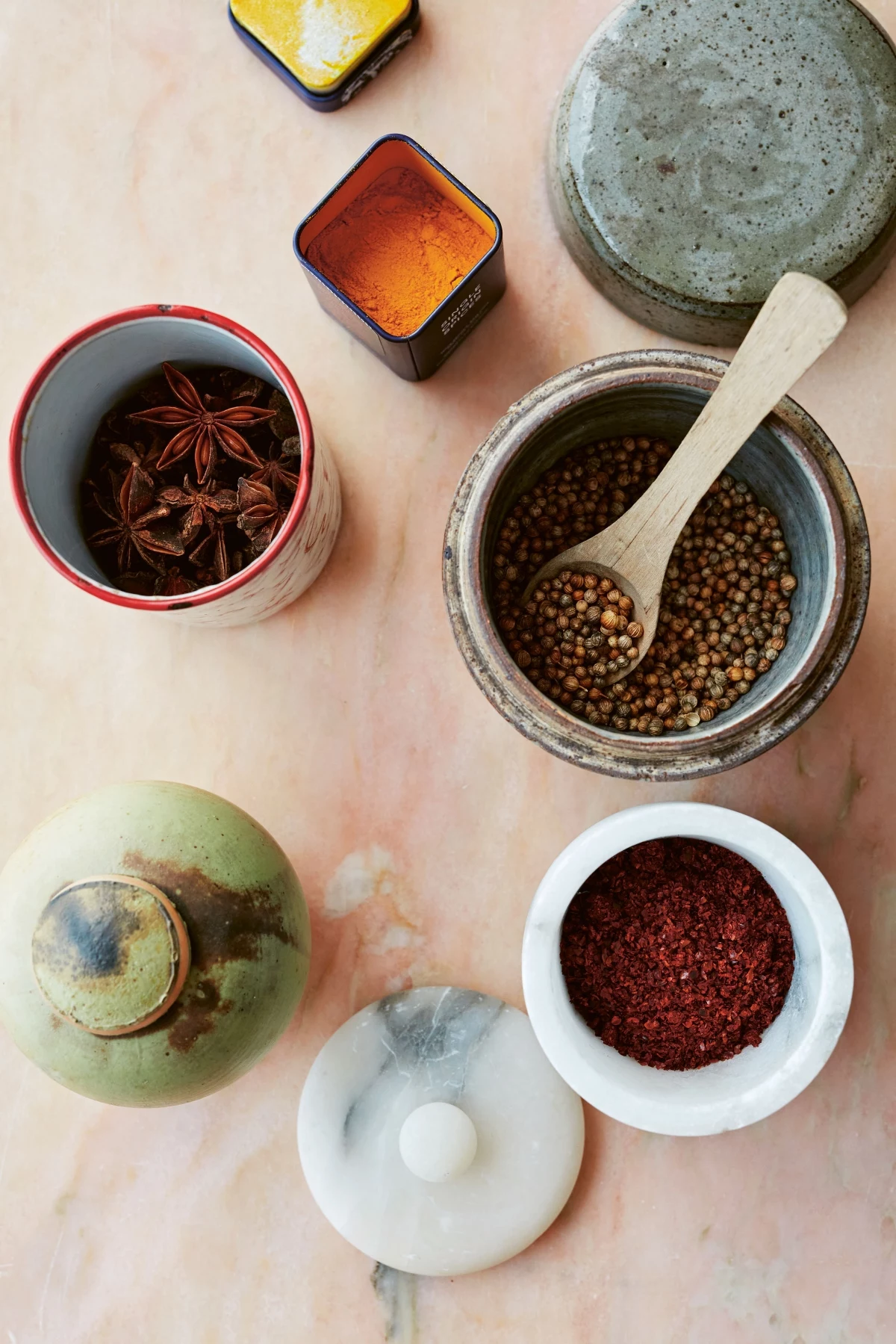
A study in the Journal of Food Science found that ground black pepper loses nearly 50% of its piperine—the compound responsible for its pungency—within three months of grinding.
This is why chefs insist on freshly cracked pepper. The same principle applies to almost every spice in your pantry. To protect your investment, store whole spices in airtight, dark glass jars away from the heat and steam of your stove. That spice rack right above your cooktop might look convenient, but it’s the fastest way to turn vibrant flavors into dull dust.
Looking to add a bright, lemony tang to a dish without adding extra liquid?
Meet sumac. This coarse, deep-red powder is made from dried berries and is a cornerstone of Middle Eastern and Mediterranean cooking. It delivers a tart, almost fruity flavor that instantly wakes up grilled meats, roasted vegetables, and salads. Unlike lemon juice, it won’t make your greens soggy or alter a sauce’s consistency. Try sprinkling it over hummus or mixing it with yogurt and garlic for a simple, vibrant dip. It’s the secret weapon for adding acidity and a beautiful finishing color.










